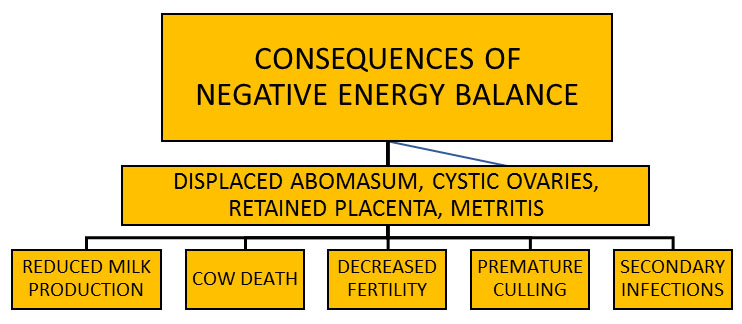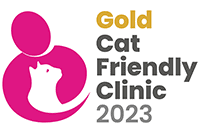
In the first 60 days after calving, cows and heifers are at a high risk of LDAs (twisted stomach), clinical ketosis (caused by excessive fat breakdown when in negative energy balance), and metritis (uterus infections).
Many of you will have experienced these cases on your farm, and will be aware of the clinical signs common to these three interlinked conditions (reduced and selective appetite, milk drop, lethargy), but many of you will be unaware of the levels of sub-clinical, “hidden” ketosis within your herd.
Sub-clinically affected cows are at increased risk of developing clinical ketosis and LDAs, and are also less fertile than those with normal serum ketone concentrations.
Furthermore, they appear to have reduced milk production compared with their potential, however they will not be showing the clinical signs listed above and so will be hard to pick out as a problem.
While many of you will be familiar with our cow-side ketosis tests (blood/milk tests) for clinical cases, you may be less familiar with tests that are already being done by milk recording companies and the information that could give you about your herd: farms milk recording with NMR have an individual ketone test done on every milk sample taken, and CIS calculate a fat/protein ratio to approximate levels of ketosis.
While clinical ketosis only affects 1-3% of cattle, approximately 30% of the national herd silently suffers with subclinical ketosis, and this could be holding your herd back through reduced milk yields, extended calving intervals and increased cull rates.
Join us on the 5th of December at Eccleshall Cricket Club to learn more about this, and how to pick out and reduce the risk to susceptible cows on your farm. We will also have a buy 2 get 1 free deal running on Kexxtone boluses for new or lapsed users.
Please call us on 01785 850218 for more information.





